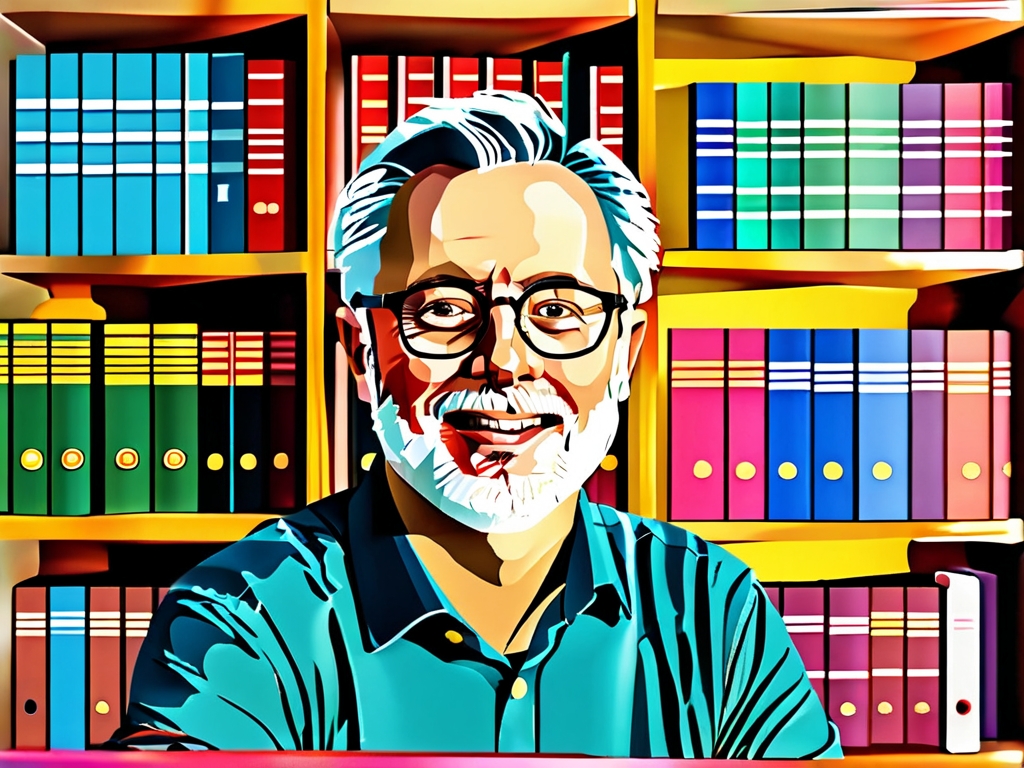The Soft Exam System Architect Certification, officially known as the China Computer Technology and Software Professional Qualification (Level 4) Certification, is a prestigious credential for IT professionals specializing in system architecture design. Issued by the Ministry of Industry and Information Technology (MIIT) and the Ministry of Human Resources and Social Security (MOHRSS) in China, this certification validates advanced expertise in designing, analyzing, and optimizing complex software systems. Below, we explore its physical appearance, eligibility criteria, exam structure, career benefits, and preparation strategies.

1. Physical Appearance of the Certification
The System Architect Certification is a formal document printed on high-quality paper with anti-counterfeiting features. Key design elements include:
- Title: Prominently displayed at the top as “Computer Technology and Software Professional Qualification Certificate” in both Chinese and English.
- Recipient Details: The holder’s name, ID number, and photo are embedded to ensure authenticity.
- Certification Level: Marked as “Level 4” (), indicating its status as an advanced qualification.
- Issuing Authorities: Official seals from MIIT and MOHRSS.
- QR Code: A scannable code for online verification via government platforms.
The certificate’s design emphasizes professionalism, with a gold-embossed border and a minimalist color scheme (typically blue and white).
2. Eligibility and Exam Structure
To earn the certification, candidates must pass a rigorous three-part exam:
- Comprehensive Knowledge Test (150 minutes): Covers software engineering principles, system design patterns, and emerging technologies like cloud computing and microservices.
- Case Analysis (90 minutes): Tests problem-solving skills through real-world scenarios, such as optimizing legacy systems or addressing scalability challenges.
- Thesis Defense (120 minutes): Requires writing a technical paper on a given architecture topic, followed by an oral defense.
Passing Criteria: Candidates must score ≥45/75 in all sections. The exam is held twice a year, typically in May and November.
3. Career Benefits
- Industry Recognition: The certification is widely respected in China’s IT sector and aligns with international standards like IEEE and ISO.
- Salary Boost: Certified architects earn 20–50% higher salaries than non-certified peers, according to industry surveys.
- Leadership Opportunities: Qualifies holders for roles like Chief Technology Officer (CTO) or Solution Architect.
- Project Bidding Advantage: Many government and enterprise contracts require certified professionals.
4. Preparation Strategies
- Study Resources: Official MIIT textbooks, mock exams, and online courses on platforms like Tencent Classroom.
- Practical Experience: Hands-on projects in distributed systems or DevOps pipelines are critical for the case analysis section.
- Time Management: Allocate 3–6 months for preparation, focusing on weak areas like security protocols or performance tuning.
5. Global Relevance
While the certification is China-centric, its emphasis on universal architectural principles (e.g., scalability, fault tolerance) makes it valuable for multinational companies operating in Asia. Some organizations equate it with certifications like AWS Certified Solutions Architect or TOGAF.

6. Renewal and Continuing Education
The certification is valid indefinitely but requires professionals to stay updated via workshops or additional exams for certain specialized endorsements (e.g., AI-driven architecture).
The Soft Exam System Architect Certification is more than a credential—it’s a testament to technical mastery and strategic thinking. Its rigorous exam process and industry recognition make it a cornerstone for IT professionals aiming to lead in the era of digital transformation. Whether you’re designing cloud-native applications or legacy modernization frameworks, this certification equips you with the credibility and skills to excel.



